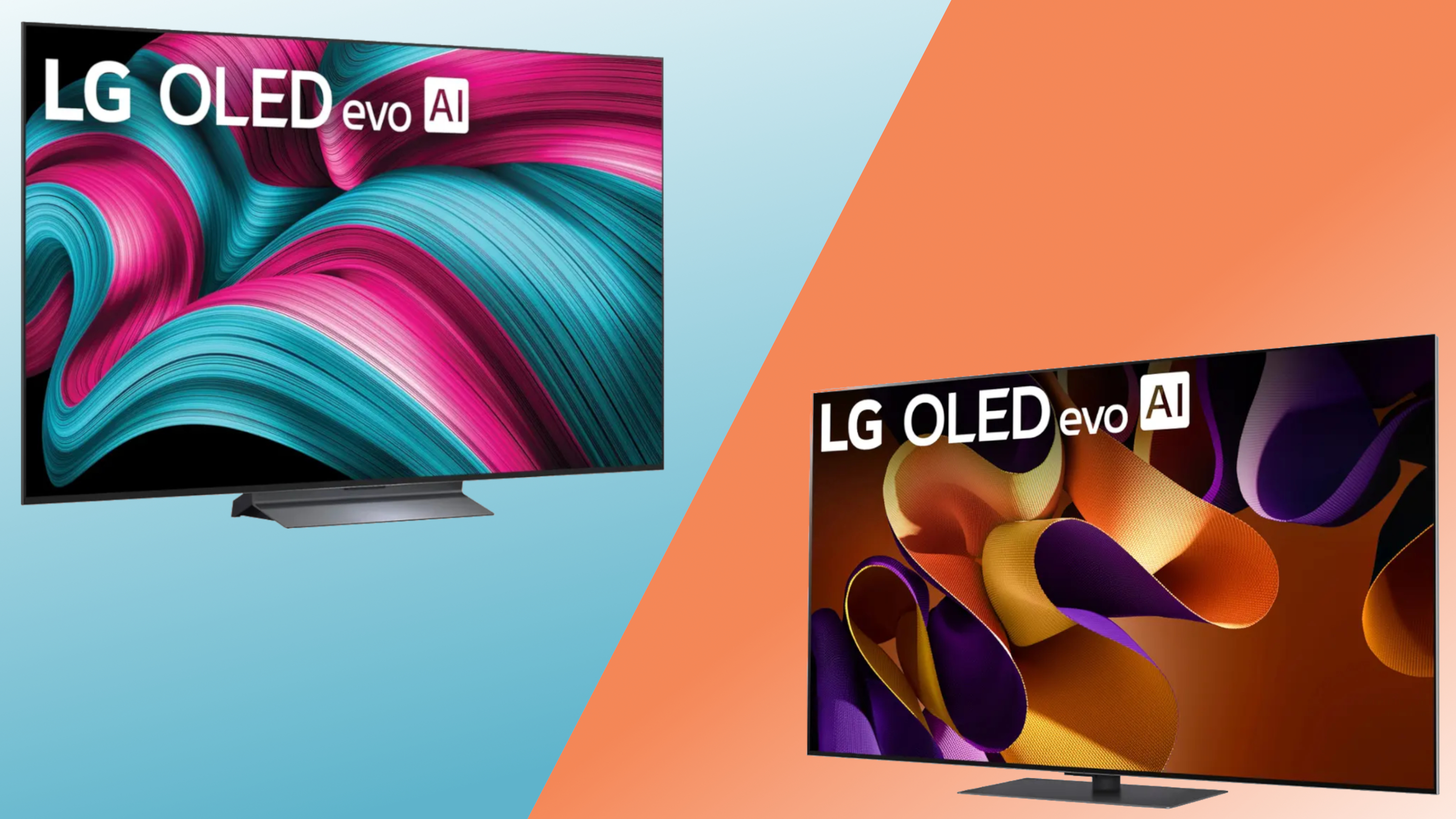iPhone 11 vs. iPhone 8: Should you upgrade to a newer iPhone?
This is how much better the iPhone has gotten in two years
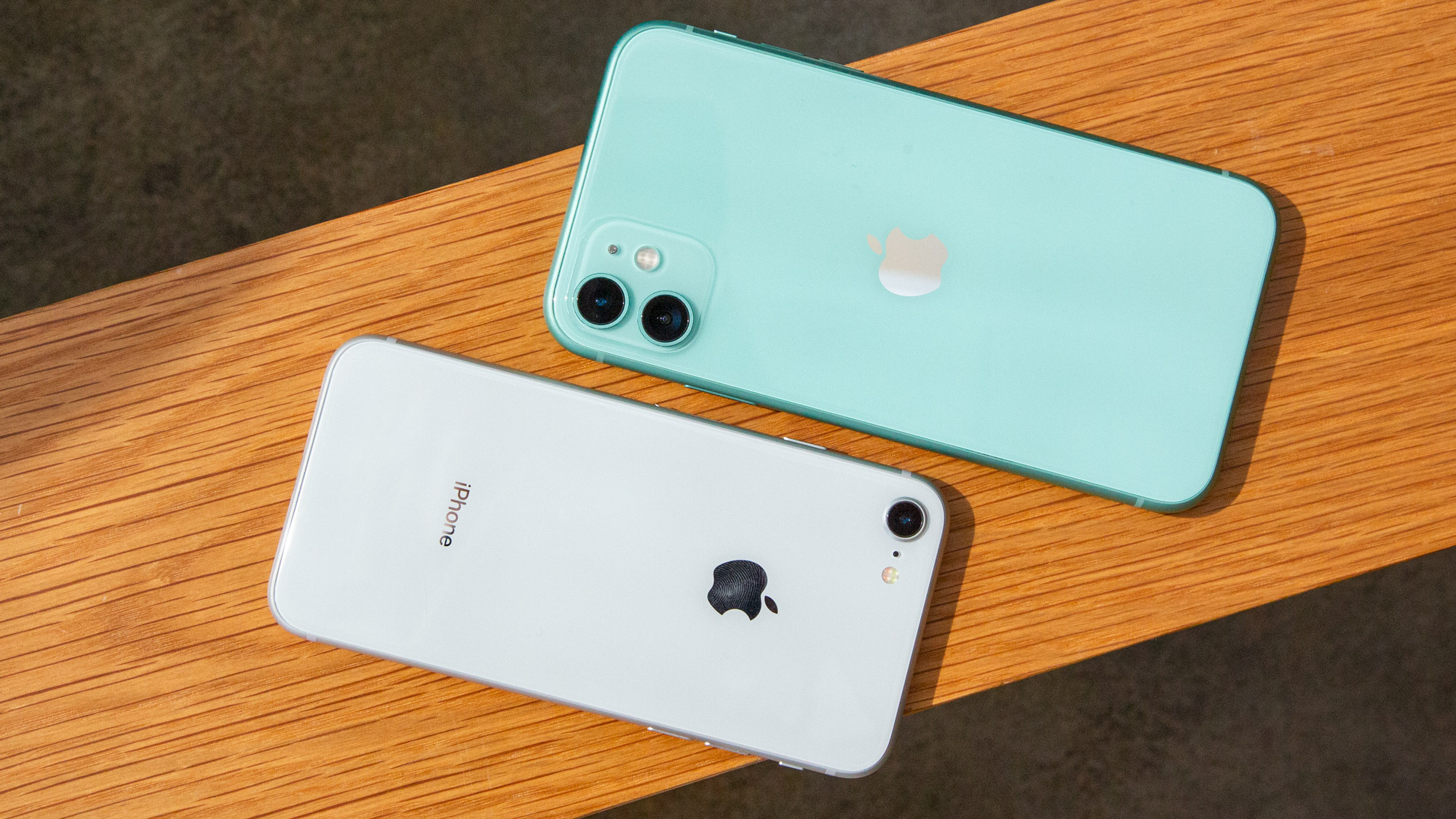
Since the iPhone 11 arrived last fall, it no longer costs much to get one of Apple's flagship phones. At $699, the iPhone 11 is $50 less than the iPhone it replaces. More importantly, it's $300 off the iPhone 11 Pro and $400 less than the iPhone 11 Pro Max.
But don't be fooled by that lower price tag into thinking you're getting a downgraded phone. The iPhone 11 is one of the best phones you can buy, boasting a state-of-the-art processor, dual rear cameras and support for many of the photographic features you'll find on the Pro models.
- Find the cheapest iPhone
- iPhone 12 rumors: What's coming this fall
When the iPhone came out, Apple was still selling the iPhone 8 and iPhone 8 Plus at dramatic discounts from their 2017 debut prices. Those phones have since been dropped in favor of the cheaper iPhone SE, though they remain available from other retailers and carriers.
Obviously, opting for a two-year-old phone instead of a more recent model means tradeoffs. But how big is the gap between Apple's iPhones? And who might the older iPhone 8 be ideal for? And should you upgrade to the iPhone 11 if you own the iPhone 8? Here's a breakdown comparing the iPhone 11 vs. the iPhone 8.
iPhone 11 vs. iPhone 8 design
You're not going to mistake an iPhone 11 and an iPhone 8 if you stack up the models next to each other. At 5.94 x 2.98 x 0.33 inches, the iPhone 11 is noticeably taller and wider than the iPhone 8. The 8 Plus is both taller and wider than the iPhone 11, though, even with the larger screen on Apple's newer phone.
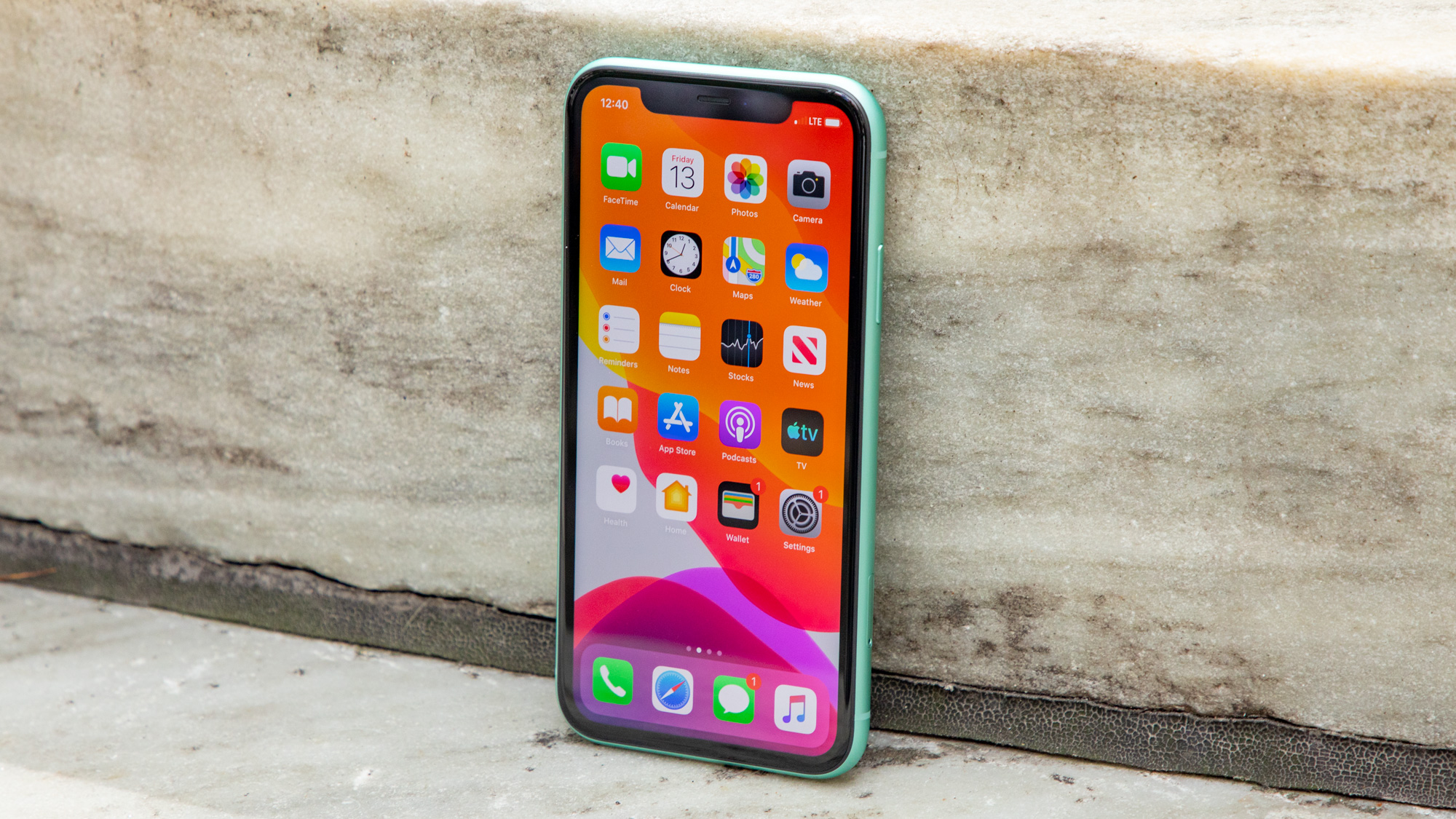
Apple can fit a larger screen onto the iPhone 11 because of the notch in the display that houses the sensors and lenses that make up the TrueDepth camera. That frees up space for more screen real estate that's otherwise eaten up by the chunky bezels on the top and bottom of the iPhone 8 and 8 Pro.
Both the newer and older iPhones feature a glass back, but the iPhone 11 outdoes the iPhone 8 in terms of color options. You can get Apple's new phone in one of six colors — black, green, yellow, purple, white and Product Red. The iPhone 8 and 8 Plus are available in more staid gold, silver and space gray options.
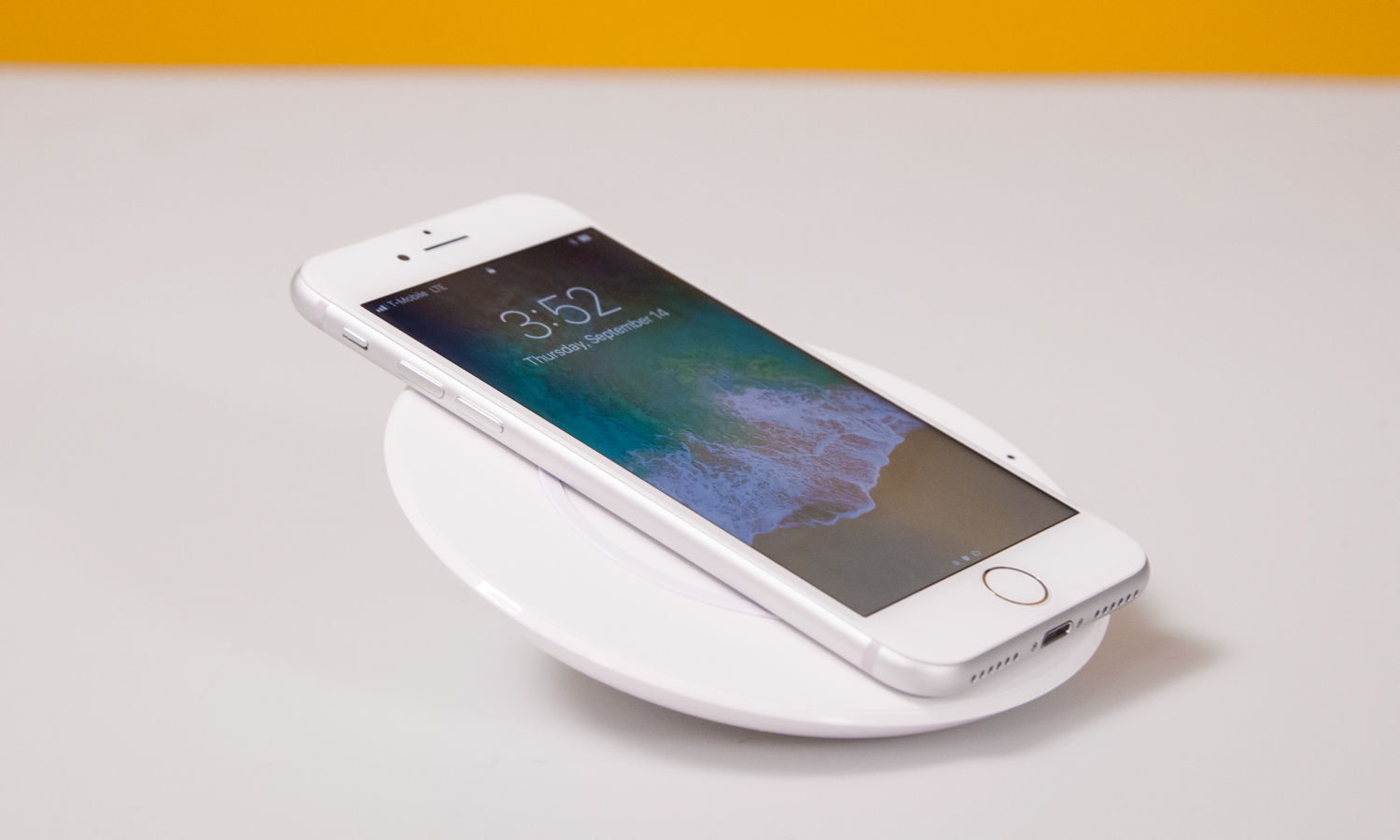
The iPhone 11's more durable, too, with an IP68 water resistance rating that allows it to survive a 30-minute dunk in up to 2 meters of water. With an IP67 rating, the iPhone 8 models can only last that long in up to 1 meter of water. Apple says the iPhone 11 is more durable than before, and while third-party durability tests back up that claim, we'd still recommend getting an iPhone 11 case.
Don't think turning to an old iPhone will bring back the late, lamented headphone jack. The iPhone 8 and 8 Plus don't have that much-missed 3.5mm port, just like the iPhone 11.
iPhone 11 vs. iPhone 8 display
As we noted, you're getting a bigger screen with the iPhone 11, at 6.1 inches. The iPhone 8 features a 4.7-inch display, while the iPhone 8 Plus bumps the screen size up to 5.5 inches. (Remember when plus-sized phones still featured displays less than 6 inches? Good times, good times.)
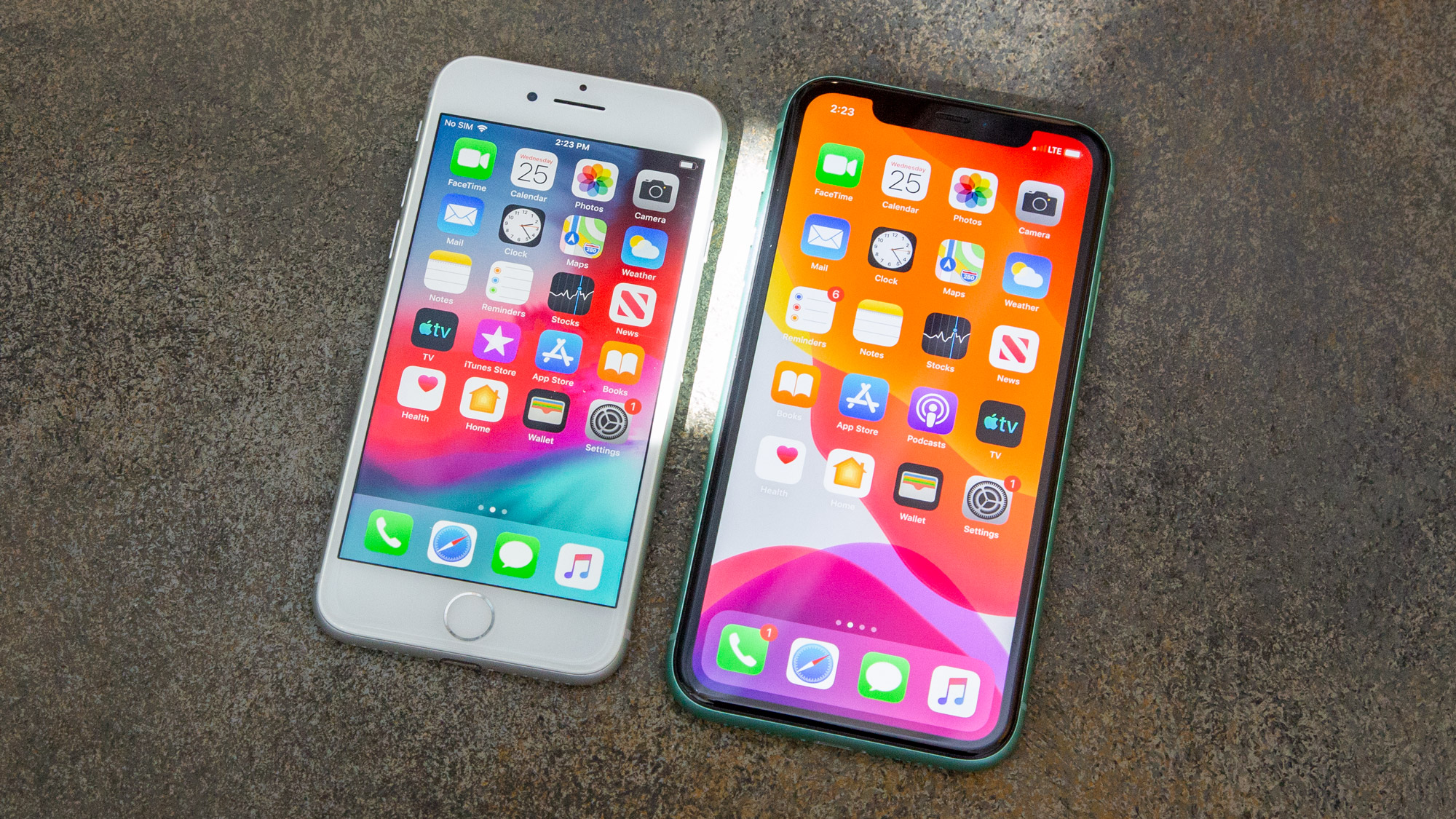
The iPhone 11 features an LCD screen, like the older iPhones, but they go by different names. Apple has dubbed the screen on the iPhone 11 a "Liquid Retina display," compared to the Retina display available on the iPhone 8. There's not really much of a difference: The iPhone 11 offers the same pixels per inch as the iPhone 8, and when we tested the displays, they turned in similar numbers for reproducing colors and, in the case of the iPhone 8 Plus, color accuracy. All three phones support True Tone, Apple’s technology for adjusting the display based on ambient lighting around it.
The iPhone 8 and 8 Plus both support 3D Touch; the iPhone 11 does not, turning to Haptic feedback where you can summon up shortcuts and other commands with a long press of the iPhone's screen. Considering that iOS 13 added support for long presses to all iPhones, losing 3D Touch support doesn't feel like that big a downgrade.
iPhone 11 vs. iPhone 8 cameras
The other noticeable difference between older and newer iPhones is the number of cameras on the back of each one. The iPhone 11 sports two lenses, the same amount you'll find on the iPhone 8 Plus. The iPhone 8 makes do with a single 12-MP wide camera with an f/1.8 aperture.
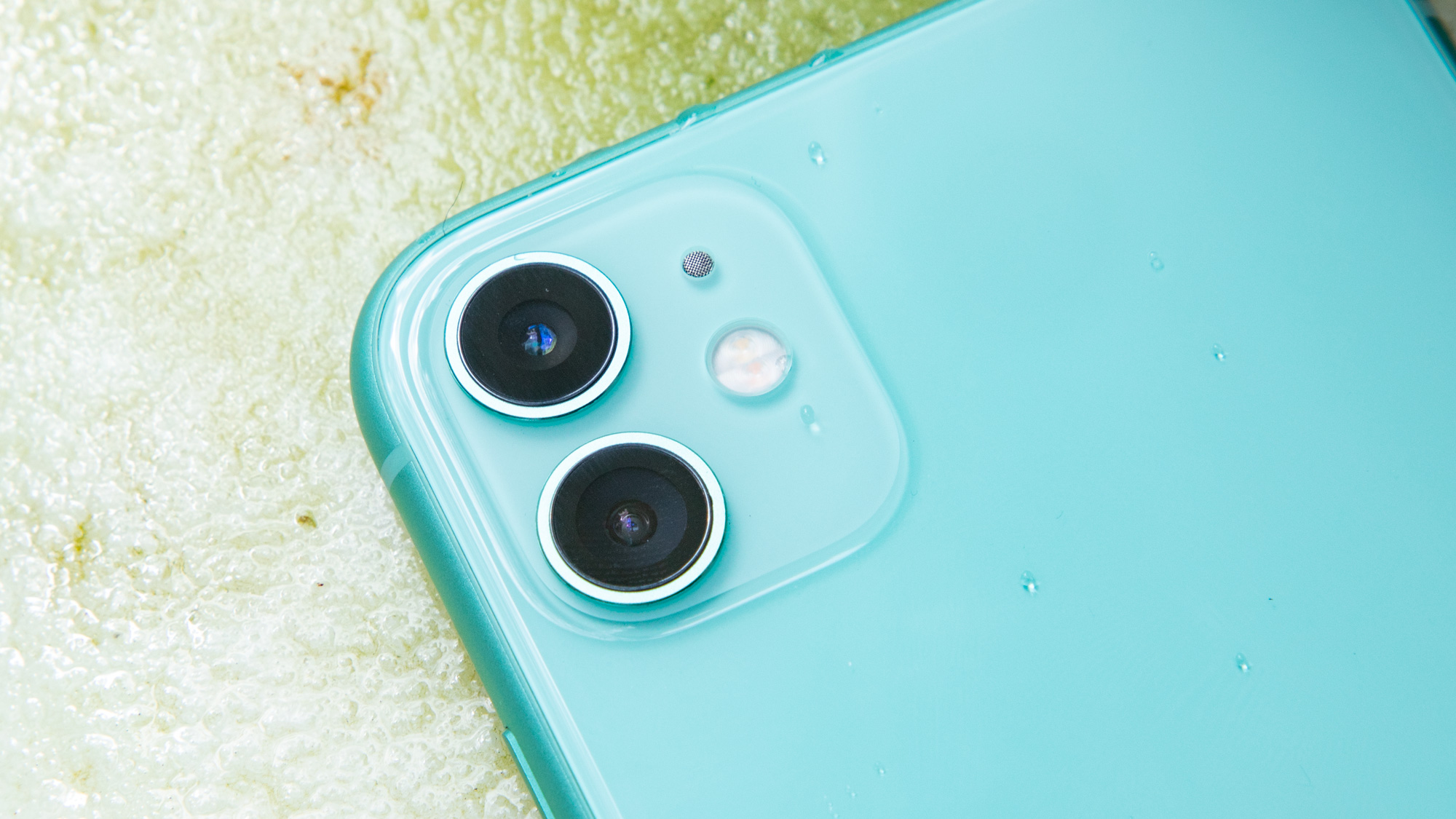
The iPhone 8 Plus and iPhone 11 may have the same number of cameras, but the lenses serve different purposes. The 8 Plus augments its 12-MP main shooter with a 12-MP telephoto lens that supports a 2x optical zoom. The iPhone 11 goes the other direction, with a 12-MP ultra wide lens joining the standard wide camera. It supports 2x optical zoom out. Up front, there's a more powerful sensor for the iPhone 11's TrueDepth camera — 12-MP to the 7-MP shooter on the iPhone 8 and 8 Plus.
What do those changes mean for your photos? We went out with the iPhone 8 Plus and iPhone 11 to find out. You'll get some pretty good shots with the iPhone 8, but the iPhone 11 produces richer images, thanks to its expanded bag of tricks, including improved Smart HDR and a new Night Mode.
I like what the iPhone 8 Plus did with the photo in this shot. It's bright and colorful, and really pops out against the green leaves in the background. The iPhone 11 pulls back a little bit, capturing more of the surrounding details. Its colors aren't as vibrant, but they are more lifelike — a trick the iPhone 11 pulled off without making the colors seem muted or washed out.
A portrait of my colleague Henry just looks better on the iPhone 11, with bokeh effects applied. Henry stands out from everything going on around him in New York's Bryant Park. Even better, the building that gets overexposed in the iPhone 8 Plus' shot doesn't suffer the same fate when the iPhone 11 is on the job. Instead, it's blurred into the background, and the result is a more complete image.

The iPhone 8 Plus' telephoto lens does give us an edge when we use it to zoom in on Henry, though his face looks a little darker than it does in the regular iPhone 11 photo.
We see a lot of the same characteristics when we turn our cameras to the buildings surrounding Bryant Park. The iPhone 8's shot is pretty good, with the buildings standing out against an overcast sky. But that same sharpness exists in the iPhone 11's photo, which also benefits from more lifelike colors, and fewer white splotches in the sky. I like that the iPhone 11 was able to lighten the trees, too, so that you can make out more of the branches.

The iPhone 11's regular shot already captures more of the surrounding background than you'll get with the iPhone 8 Plus. Pull back using the iPhone 11's ultra wide lens, though, and you'll capture of the park in the foreground. I can't say that I'm a fan of how the buildings bend at the edges of shots using Apple's ultra-wide lens, however.
The real value in the iPhone 11 shines through when the lights are low, as Apple's newer phone has a Night mode that's simply lacking on the iPhone 8. In the shot above, taken at night, the iPhone 8's capture image is a shadowy mess. The edges of the buildings blur into the night sky, and the lighting from the street lamp gets blown out. The Night mode on the iPhone 11 — which kicks in automatically — lightens up the sky considerably, so that you can now make out details like the building's edges and even the lettering on the wall. There's still a blur from the street lamp, but overall, this is a much better shot than anything the iPhone 8 can produce. It's almost reason enough to upgrade to Apple's new phone all by itself.
Apple put a focus on video with its iPhone 11 release, so you'll get features like the ability to shoot video in 4K with the front camera. (The iPhone 8's ability to capture 4K video is limited to the rear camera.) You'll also lose out on iPhone 11-centric features like slo-mo selfies and Quick Take captures of both video and still images on the iPhone 8.
iPhone 11 vs. iPhone 8 performance
In its day, the A11 Bionic processor inside the iPhone 8 set the pace for other smartphones. But that day is in the rear view mirror. Apple has had two years to improve its processor designs, and you can see the benefits with the A13 Bionic chipset inside the iPhone 11 (and all iPhone 11 models, really).
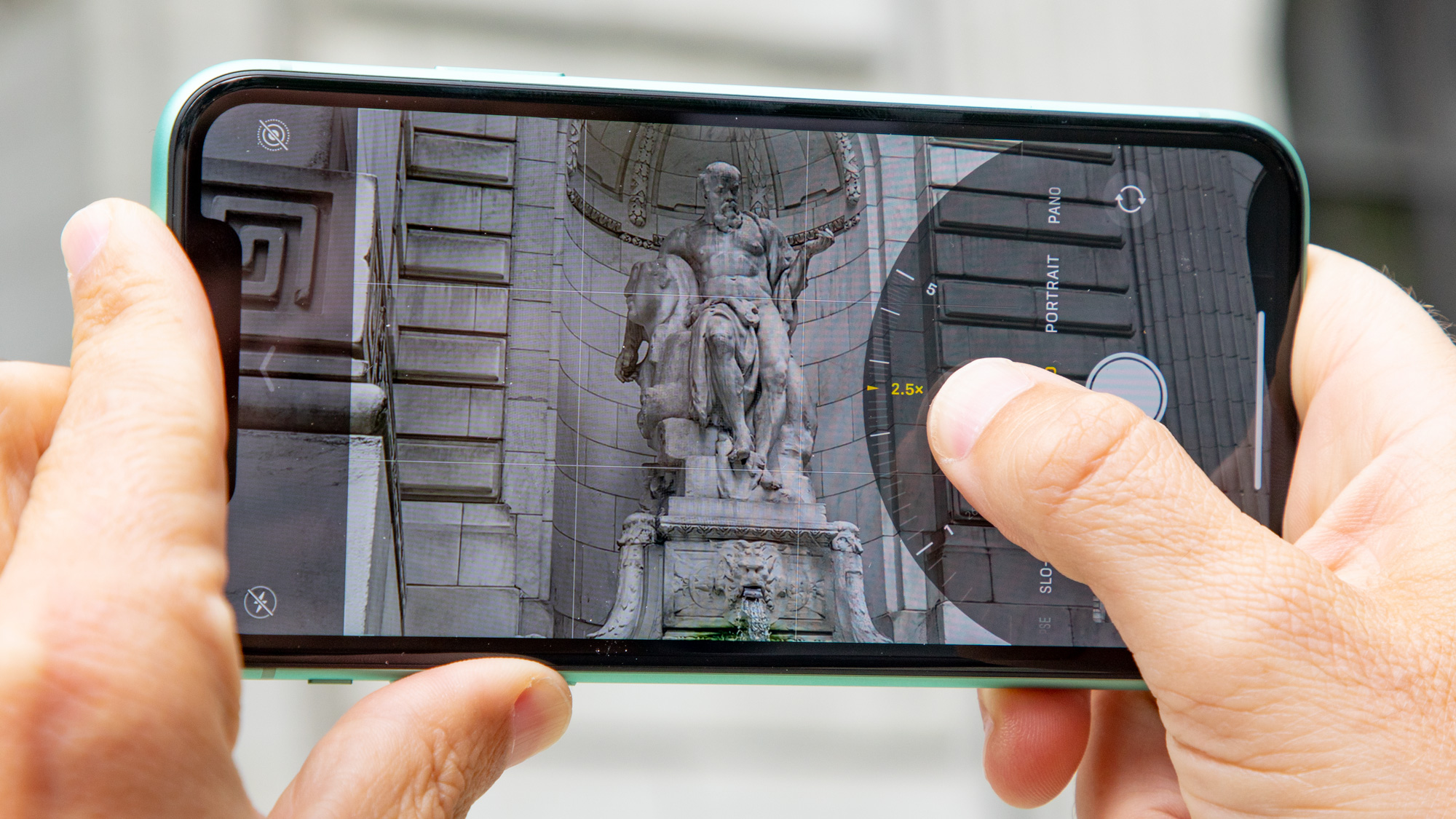
We'll float just one number to give you a sense of the iPhone 11's superior performance. On Geekbench 5, which measures overall performance, the iPhone 11 turned in a single-core score of 1,333 and a multicore mark of 3,251. (Only the iPhone 11 Pro models had better results, likely because of more RAM.) In comparison, the iPhone 8 Plus's numbers were 925 and 2,460, respectively.
That doesn't mean you'll get degraded performance with the iPhone 8 models — just that they won't be as fast as a phone that came out two years later. The iPhone 8 is still capable of doing many of the things you can do with the iPhone 11, as the iOS 13 software update works on both the iPhone 8 and 8 Plus.
iPhone 11 vs. iPhone 8 battery life
In recent years, Apple has spent a lot of time focusing on the batteries inside its phones. Those efforts bear fruit in terms of longevity: The iPhone 11 lasted 11 hours, 16 minutes on our Tom's Guide battery test, which involves continuous surfing over T-Mobile's LTE network until the phone runs out of power. That result isn't the best we've seen from an iPhone — take a bow, iPhone 11 Pro Max — but it's still close to being among the longest-lasting smartphones we've tested.
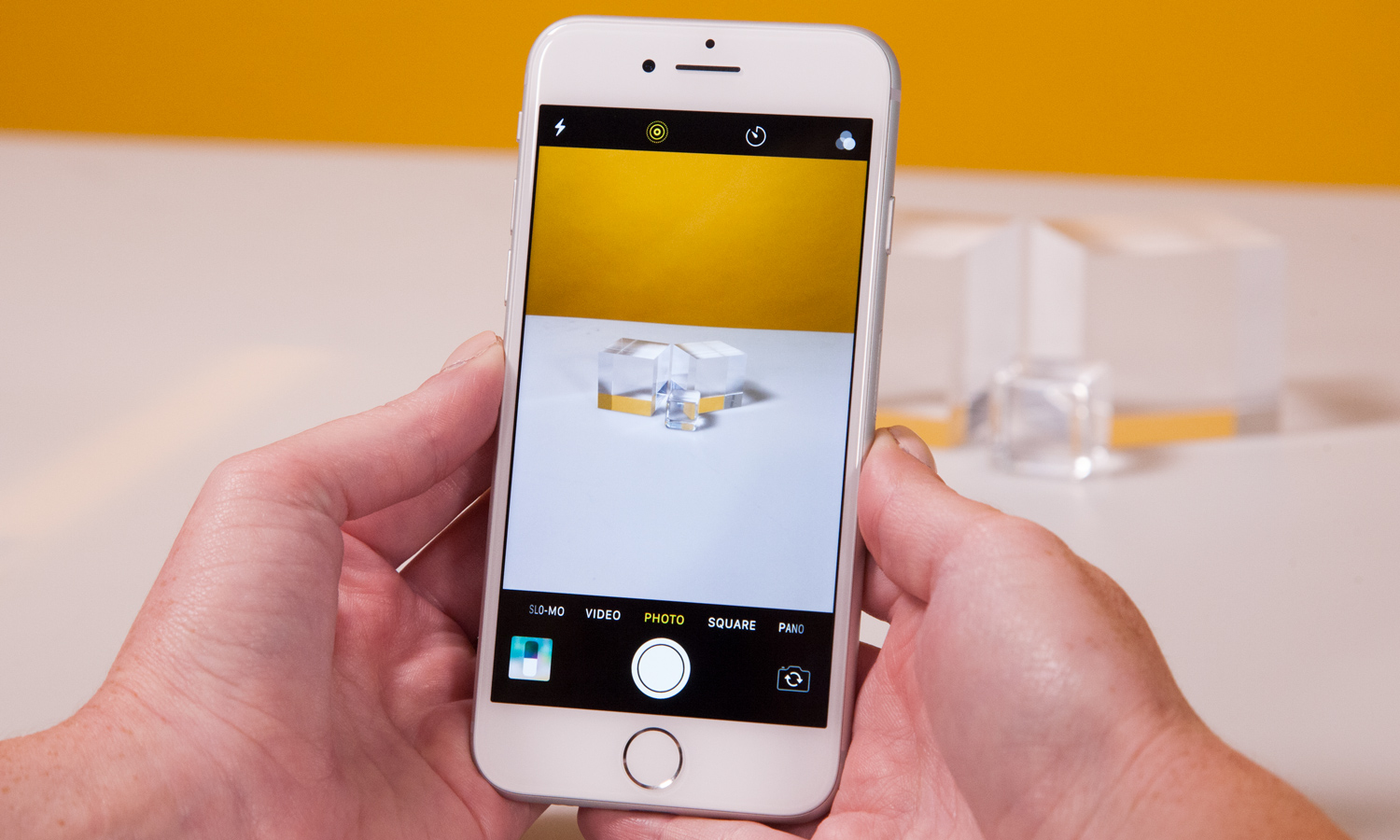
As good as the iPhone 11's result is, though, you can expect similar longevity from the iPhone 8 Plus, which also held out for 11:16. The iPhone 8 fares less well, at 9:54. That was an average result for smartphones back in 2017, but these days, smartphones last a little bit longer on average.
MORE: iPhone 11 Review: The Best Phone for the Money
One thing that hasn't changed in the time between when Apple released the iPhone 8 and the iPhone 11 is fast-charging support. Both phones have it, so you can get up to a 50% charge after half-an-hour with an 18-watt charger. The trouble is, you've got to buy that charger separately, as Apple doesn't include it with either the iPhone 11 or iPhone 8. (You do get a charger with the iPhone 11 Pro models.)
iPhone 11 vs. iPhone 8 price and availability
Here's one area where the older phones have Apple's newer models beat — they'll cost you less money.
The iPhone 11 starts at $699 for a 64GB phone. That's a very competitive price when compared to other current flagships, and you can save even more money if you have an iPhone to trade in. Apple will take up to $220 off if you trade in a recent iPhone, including the iPhone 8 Plus. The iPhone 8 will net you a $170 discount off the iPhone 11 price.
At the time the iPhone 11 debuted, Apple sold the iPhone 8 for $449 for a 64GB model, while the iPhone 8 Plus will set you back $549. Those models are now gone from Apple's store, though other retailers still sell the older models. And the iPhone 8 continues to be a popular option at discount carriers.
Prices for the iPhone 8 still hover around $450, though you can find the phone for less, particularly if you go for a used model.
iPhone 11 vs. iPhone 8 verdict
Obviously, there's a big gap between the iPhone 11 and iPhone 8, and if you're holding onto an older phone, it's a no-brainer as to which model you should get. The iPhone 11 may be more expensive than the iPhone 8, but it's not astronomically so, and in exchange, you get better cameras, a faster processor, better durability, and (in the case of iPhone 8 model), better battery life.
If you balk at paying $699 for a smartphone, you can still get a phone with more modern features in the form of the $399 iPhone SE. Apple's new budget phone even adopts the iPhone 8's form factor and screen size. We'd certainly recommend that over buying an iPhone 8 at this point, though if you're happy with your current device, you can probably squeeze another year or so out of the 8 or 8 Plus, especially since both phones will run iOS 14 when it arrives this fall.
Still, while the iPhone 8 models hold their own in some areas, there's no debate about which Apple phone is better. Comparing the iPhone 8 to the iPhone 11, you see just how much can change in two years.
Sign up to get the BEST of Tom's Guide direct to your inbox.
Get instant access to breaking news, the hottest reviews, great deals and helpful tips.
Philip Michaels is a Managing Editor at Tom's Guide. He's been covering personal technology since 1999 and was in the building when Steve Jobs showed off the iPhone for the first time. He's been evaluating smartphones since that first iPhone debuted in 2007, and he's been following phone carriers and smartphone plans since 2015. He has strong opinions about Apple, the Oakland Athletics, old movies and proper butchery techniques. Follow him at @PhilipMichaels.

